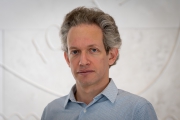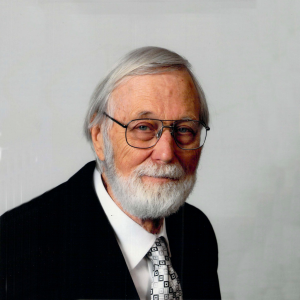SCGP COVID Protocols for Program Visitors and Workshop Participants
We encourage visitors to the center to be vaccinated in accordance with the CDC and WHO standards. As per NYS, mask mandate is no longer in effect as of March 2, 2022. Masks are optional. For more information, please visit the dedicated page Stony Brook University – STRONGER TOGETHER. We continue to advise mask wearing … Read more









